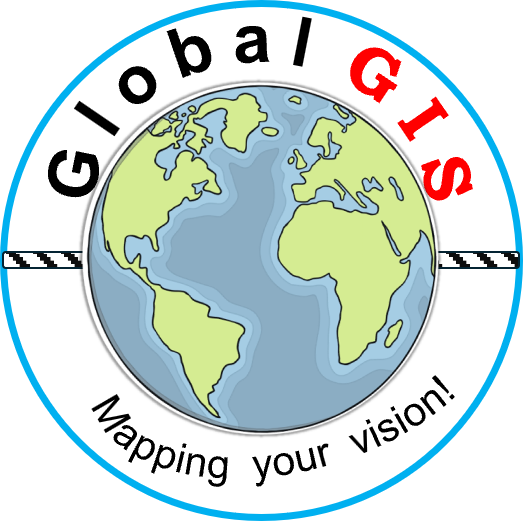Remote sensing is a powerful tool used to gather information about the Earth’s surface and atmosphere without direct physical contact. It involves collecting data via sensors on satellites, aircraft, drones, or other platforms. The applications of remote sensing span various fields, including environmental monitoring, agriculture, urban planning, and disaster management. Here are some key applications:
1. Geology and Mining
- Mineral Exploration: Identifying potential mining areas.
- Earth Surface Analysis: Mapping rock types and structures.
- Geothermal exploration: mapping potential areas
- Geomorphology: mapping earth surfaces morphology
- Volcanology: Monitoring volcanic activities.
2. Environmental Monitoring
- Deforestation: Monitoring forest cover changes and illegal logging activities.
- Biodiversity: Mapping and preserving wildlife habitats.
- Water Quality: Detecting pollutants in water bodies and monitoring algal blooms.
- Climate Change: Tracking changes in glaciers, sea levels, and temperature patterns.
3. Disaster Management
- Flood Mapping: Identifying flooded areas and assessing damage.
- Earthquake Response: Mapping fault lines and post-earthquake damage.
- Wildfire Monitoring: Detecting and tracking wildfires in real-time.
- Hurricane and Cyclone Tracking: Observing storm development and predicting paths.
4. Urban Planning
- Land Use Mapping: Identifying residential, industrial, and commercial areas.
- Infrastructure Monitoring: Assessing road networks, bridges, and urban sprawl.
- Smart Cities: Supporting energy management, traffic control, and urban sustainability.
5. Agriculture
- Crop Monitoring: Assessing crop health, growth stages, and detecting diseases or pests.
- Yield Prediction: Estimating crop yields using vegetation indices like NDVI (Normalized Difference Vegetation Index).
- Irrigation Management: Monitoring soil moisture and planning efficient water use.
- Land Use Classification: Identifying agricultural areas and crop types.
6. Oceanography
- Sea Surface Temperature: Monitoring ocean currents and thermal patterns.
- Marine Ecosystems: Studying coral reefs and other underwater habitats.
- Fisheries Management: Identifying productive fishing zones.
7. Defense and Security
- Border Monitoring: Surveillance for illegal activities or intrusions.
- Maritime Security: Tracking vessels and detecting oil spills.
- Terrain Mapping: Supporting military operations.
8. Health and Epidemiology
- Disease Tracking: Monitoring environmental conditions favorable to diseases (e.g., malaria or dengue).
- Air Quality Monitoring: Tracking pollution levels and sources.
Remote sensing technologies include multispectral and hyperspectral imaging, LiDAR, radar, and thermal imaging. These techniques provide a vast array of data, enabling informed decision-making in scientific, governmental, and commercial contexts.
the applications of Remote Sensing in various sectors:
| Sector | Application of Remote Sensing |
|---|---|
| Agriculture | – Crop monitoring and yield prediction – Soil moisture detection – Pest and disease management |
| Environmental Monitoring | – Deforestation monitoring – Pollution tracking (air, water, soil) – Habitat and biodiversity mapping |
| Forestry | – Forest health monitoring – Biomass estimation – Forest fire detection and prevention |
| Urban Planning | – Land cover and land use change analysis – Urban sprawl monitoring – Infrastructure development planning |
| Disaster Management | – Flood and landslide monitoring – Damage assessment after natural disasters – Fire detection |
| Climate Change | – Monitoring temperature variations – Ice cap and glacier change detection – Sea-level rise monitoring |
| Water Resources Management | – Monitoring of rivers, lakes, and reservoirs – Water quality assessment – Hydrological modeling |
| Geology and Mineral Exploration | – Mapping and monitoring of geological features – Mineral exploration – Earthquake and volcano monitoring |
| Oceanography | – Sea surface temperature and ocean color mapping – Coastal erosion monitoring – Marine life habitat mapping |
| Defense and Military | – Surveillance and reconnaissance – Border and coastal monitoring – Terrain analysis for strategic planning |
| Transportation | – Road network mapping and monitoring – Railway track inspection – Traffic management and congestion analysis |
| Energy Sector | – Mapping energy resources (oil, gas, renewable energy) – Solar and wind farm site selection – Power line monitoring |
| Health and Disease Control | – Mapping of disease outbreaks – Environmental health monitoring (air pollution, waterborne diseases) – Vector disease surveillance |
| Archaeology and Cultural Heritage | – Mapping ancient structures and sites – Monitoring of heritage sites – Excavation site analysis |
| Real Estate | – Land suitability analysis – Urban expansion monitoring – Site selection for development |
| Insurance | – Natural hazard risk assessment (flood, storm, etc.) – Property damage assessment – Agricultural yield estimation |
| Climate and Weather Monitoring | – Atmospheric temperature and moisture levels – Weather pattern forecasting – Storm tracking and forecasting |
| Wildlife Conservation | – Animal migration tracking – Habitat suitability mapping – Poaching and deforestation monitoring |
Remote sensing technology provides a powerful tool for monitoring, analyzing, and managing natural and human-made environments across various sectors. It enables real-time data collection, which is crucial for decision-making and resource management.
